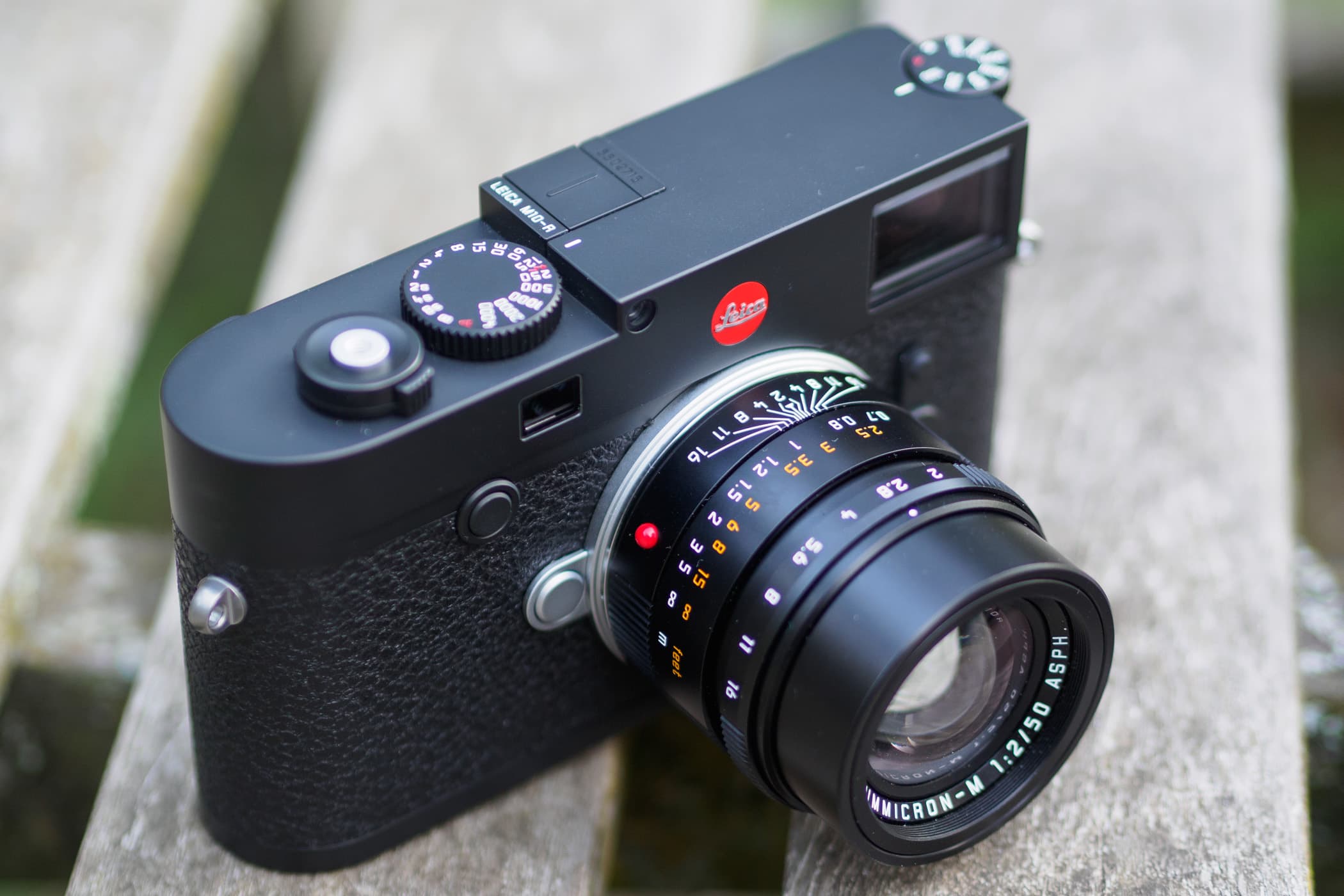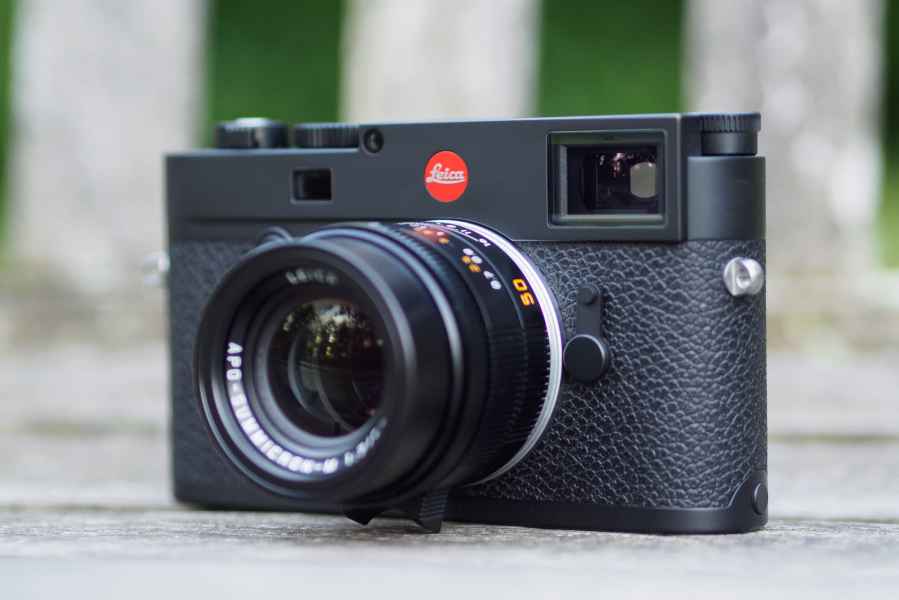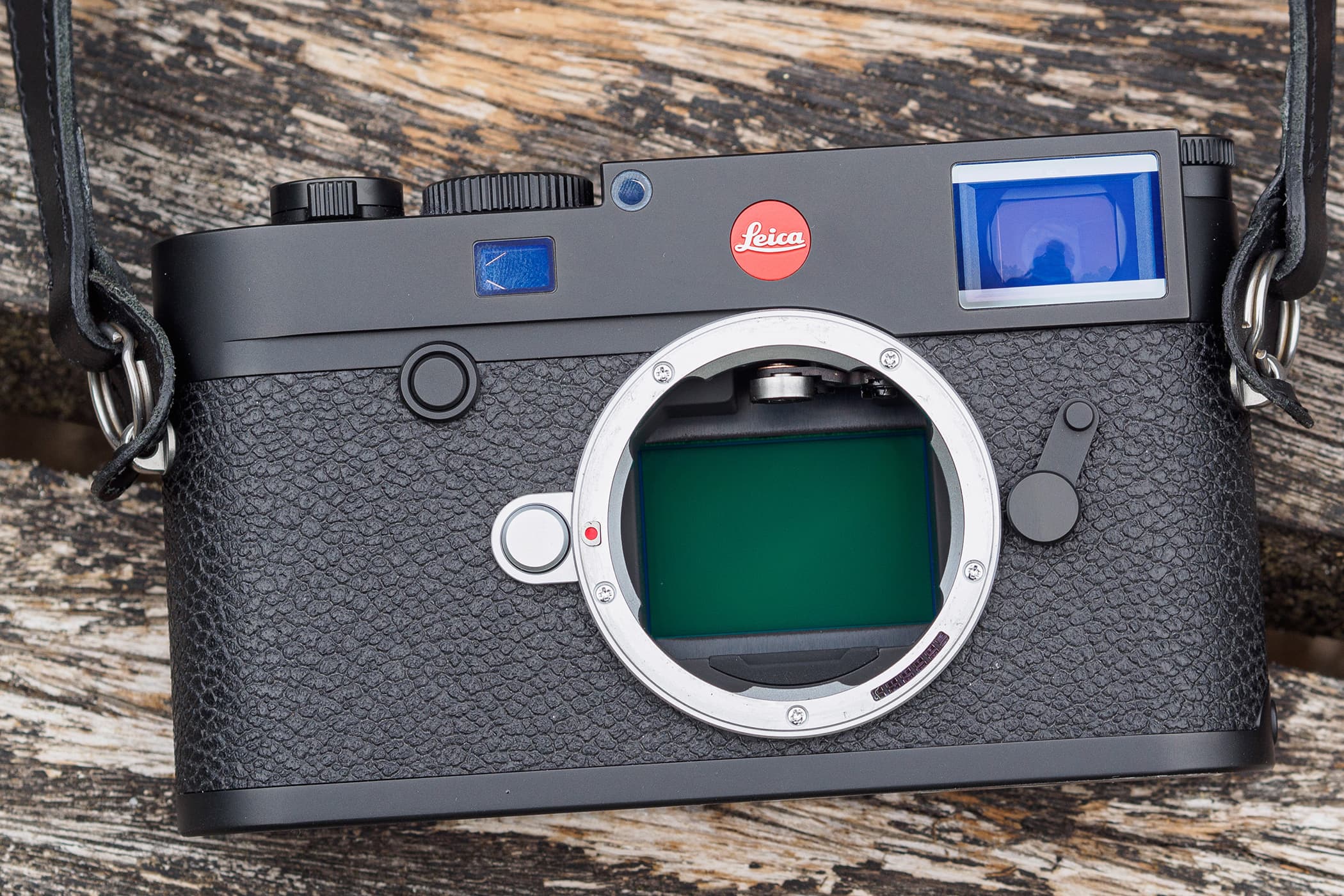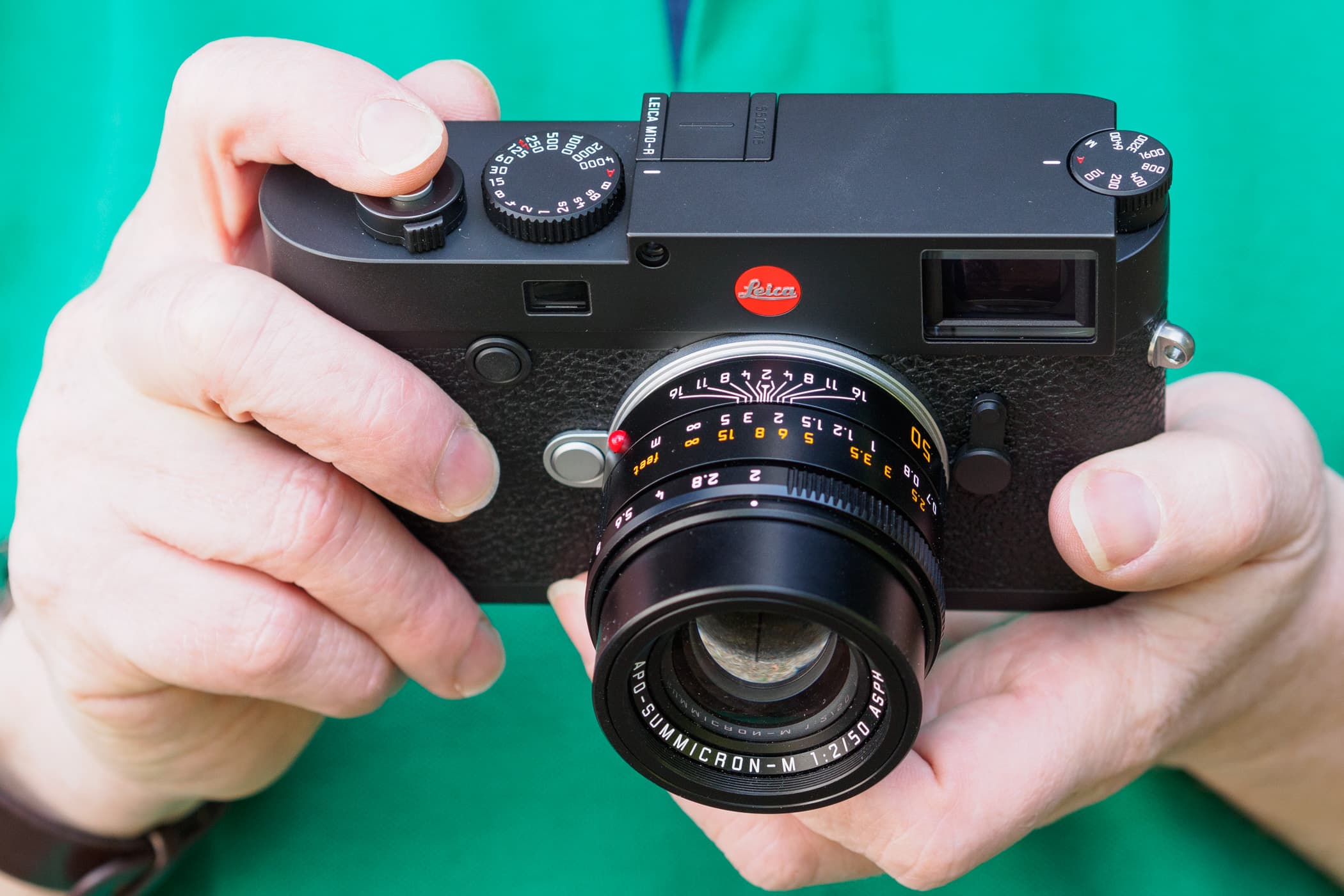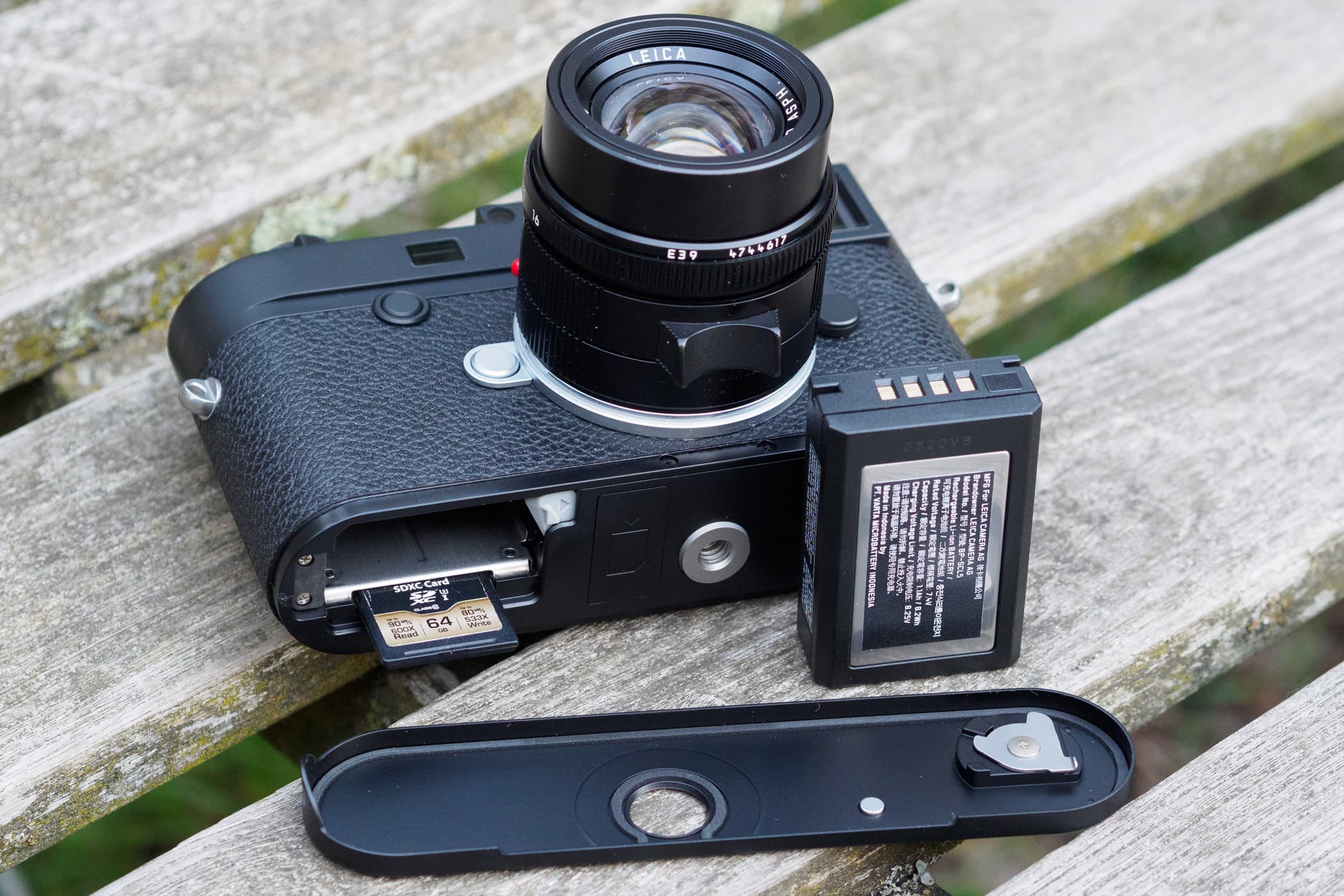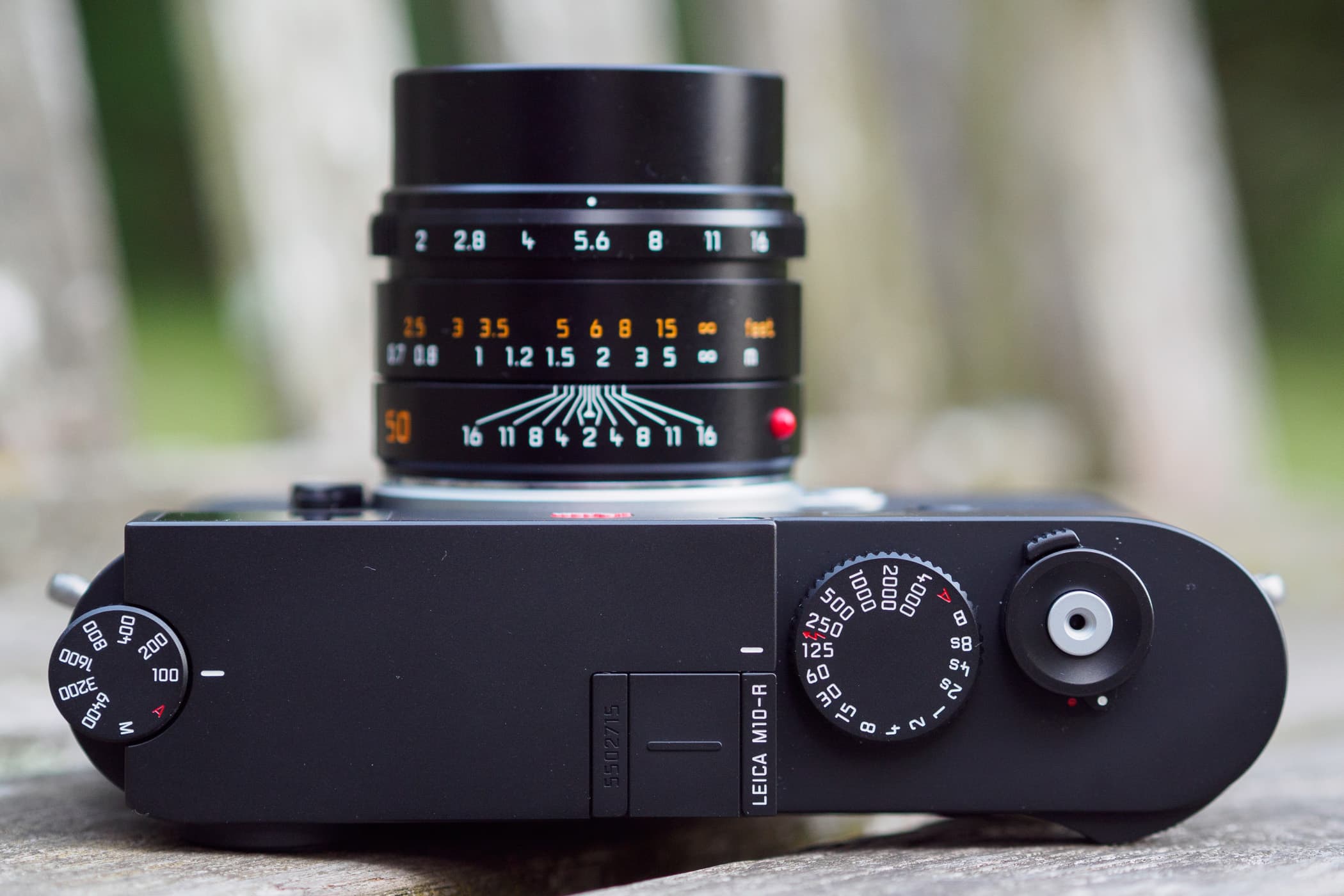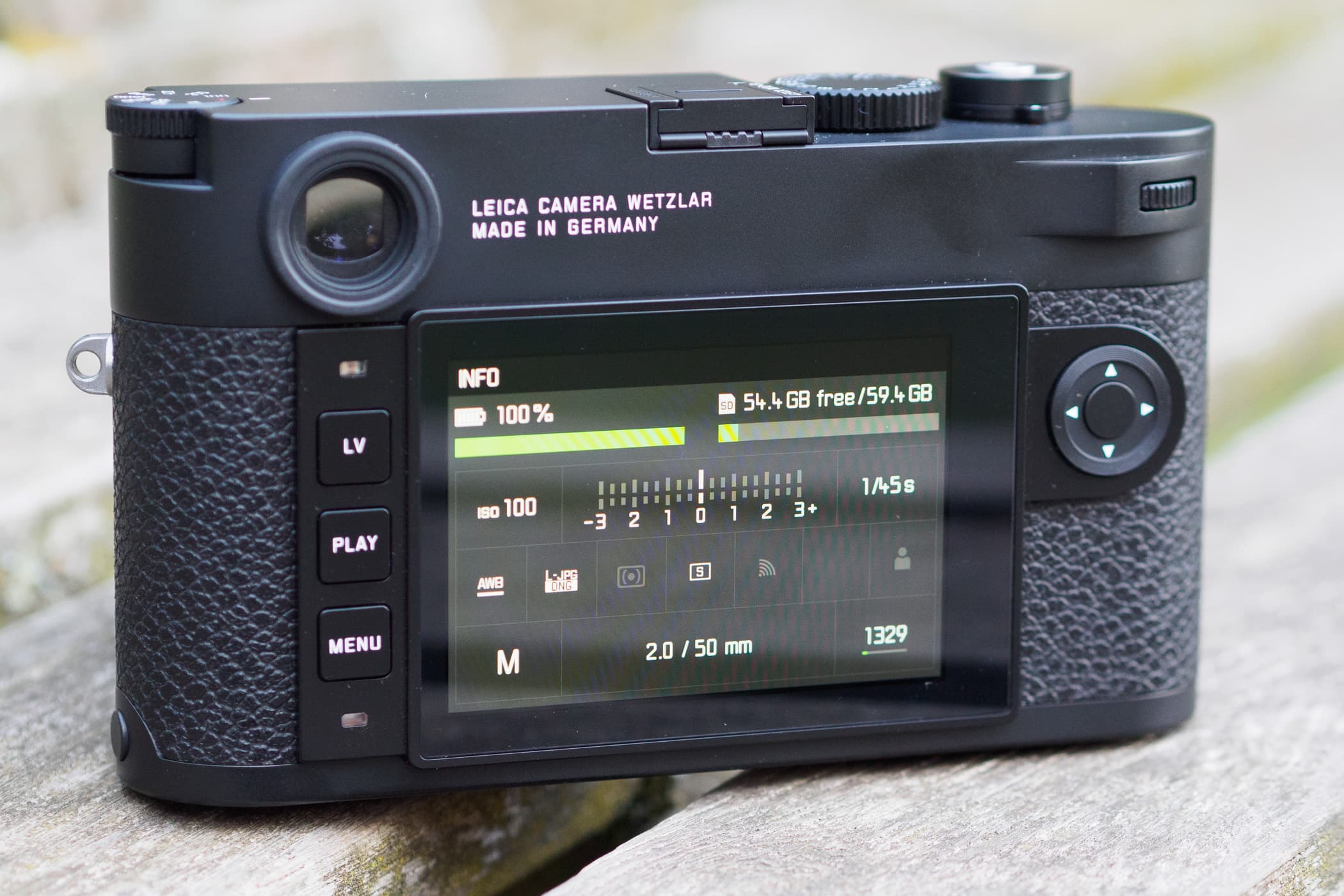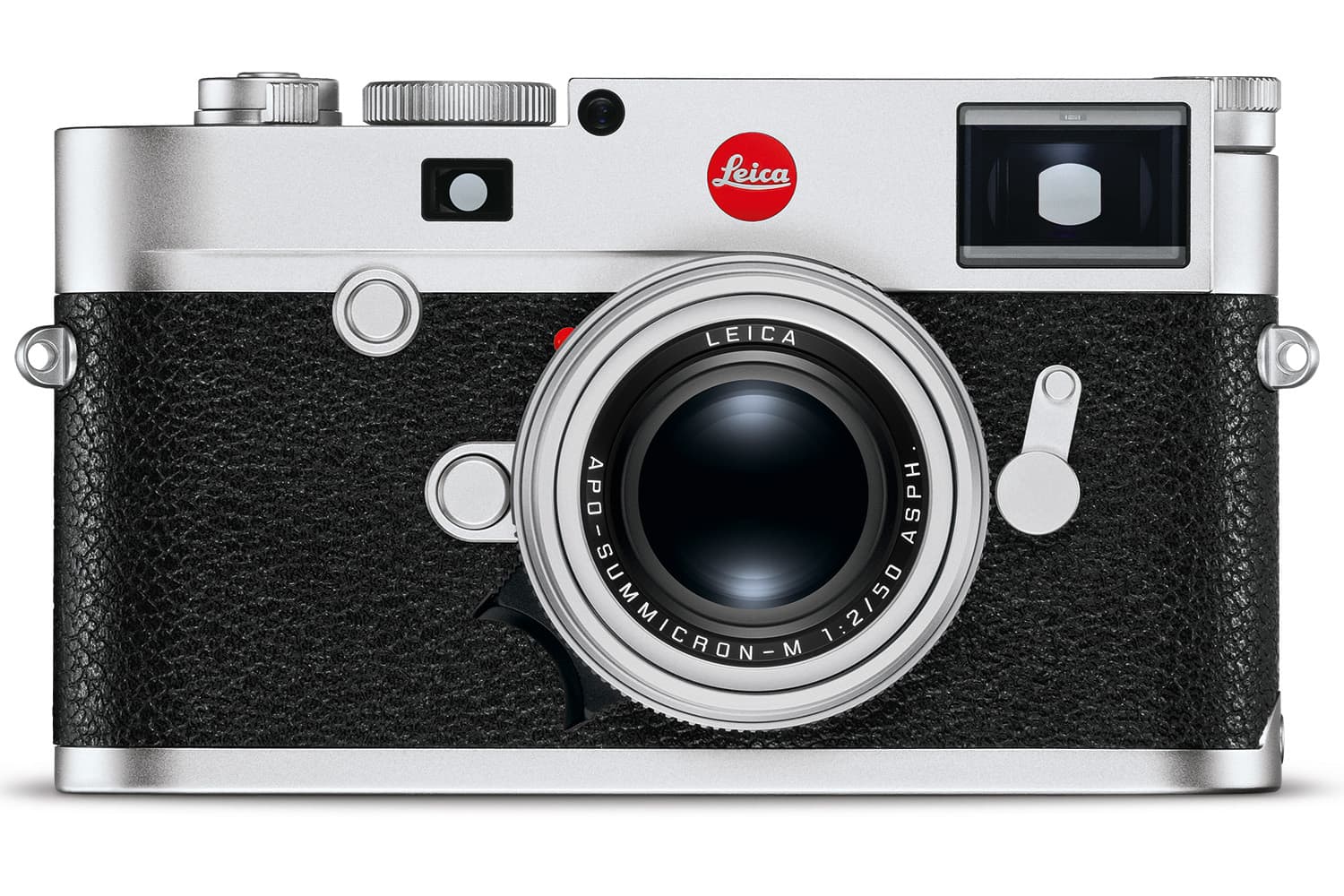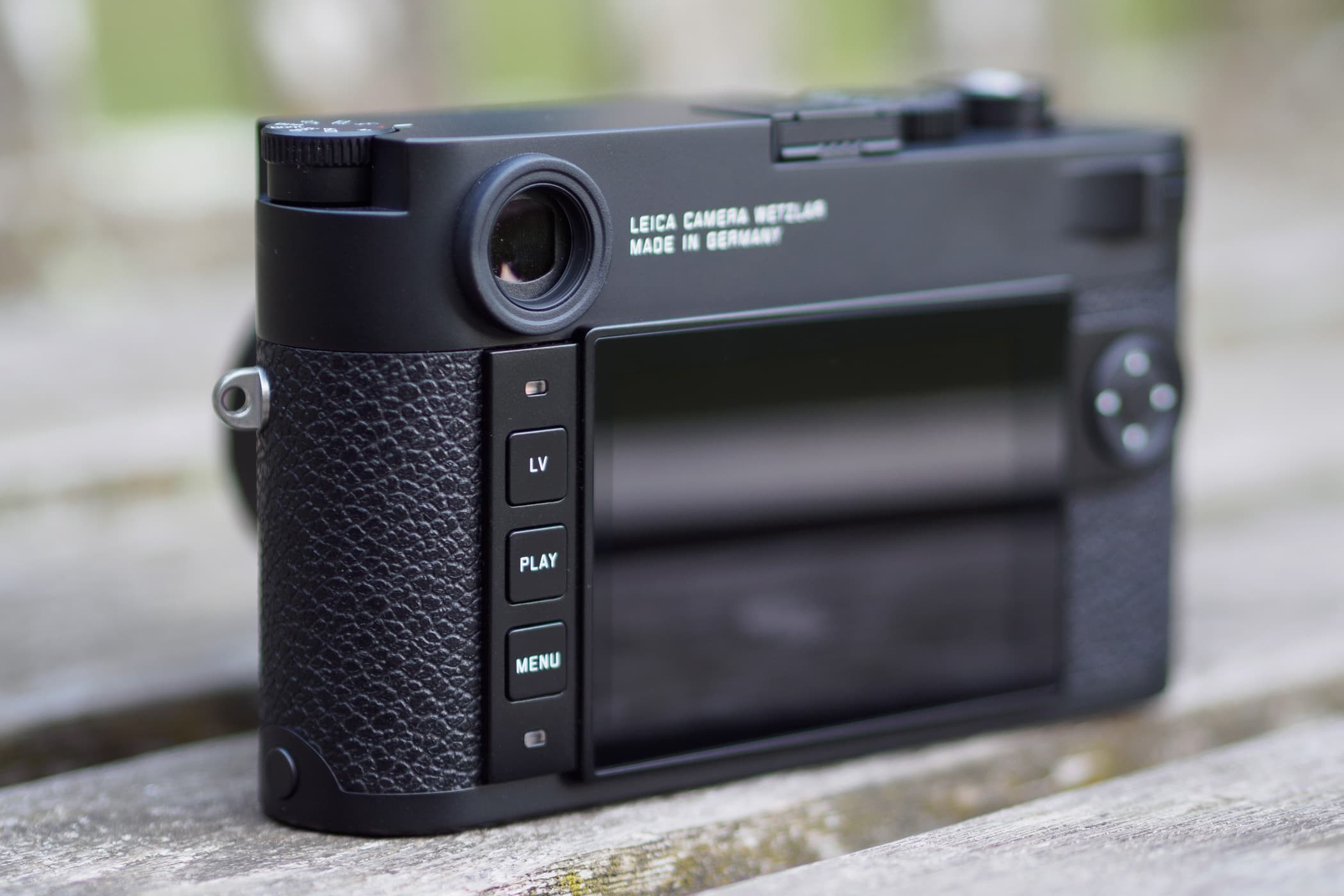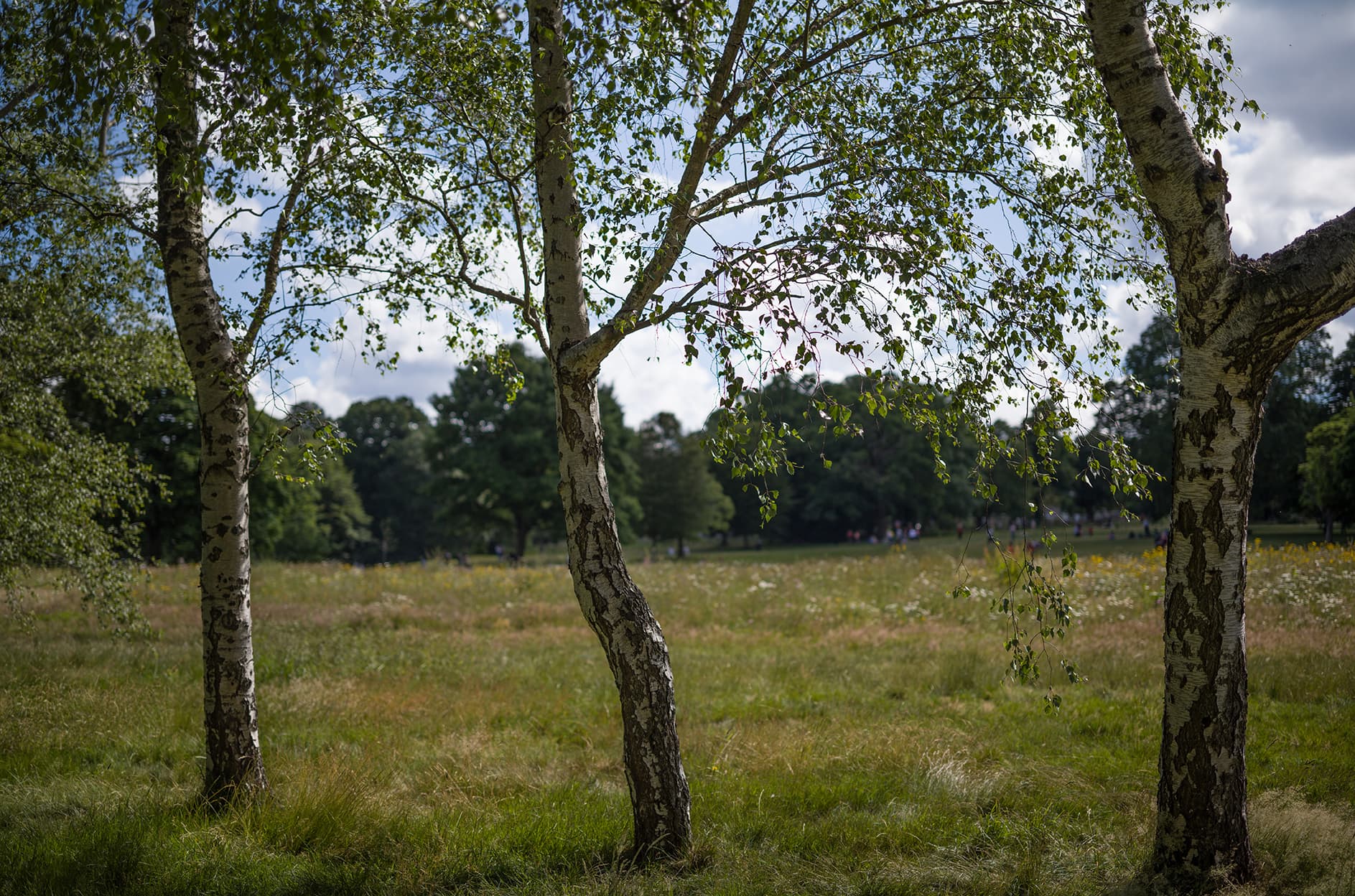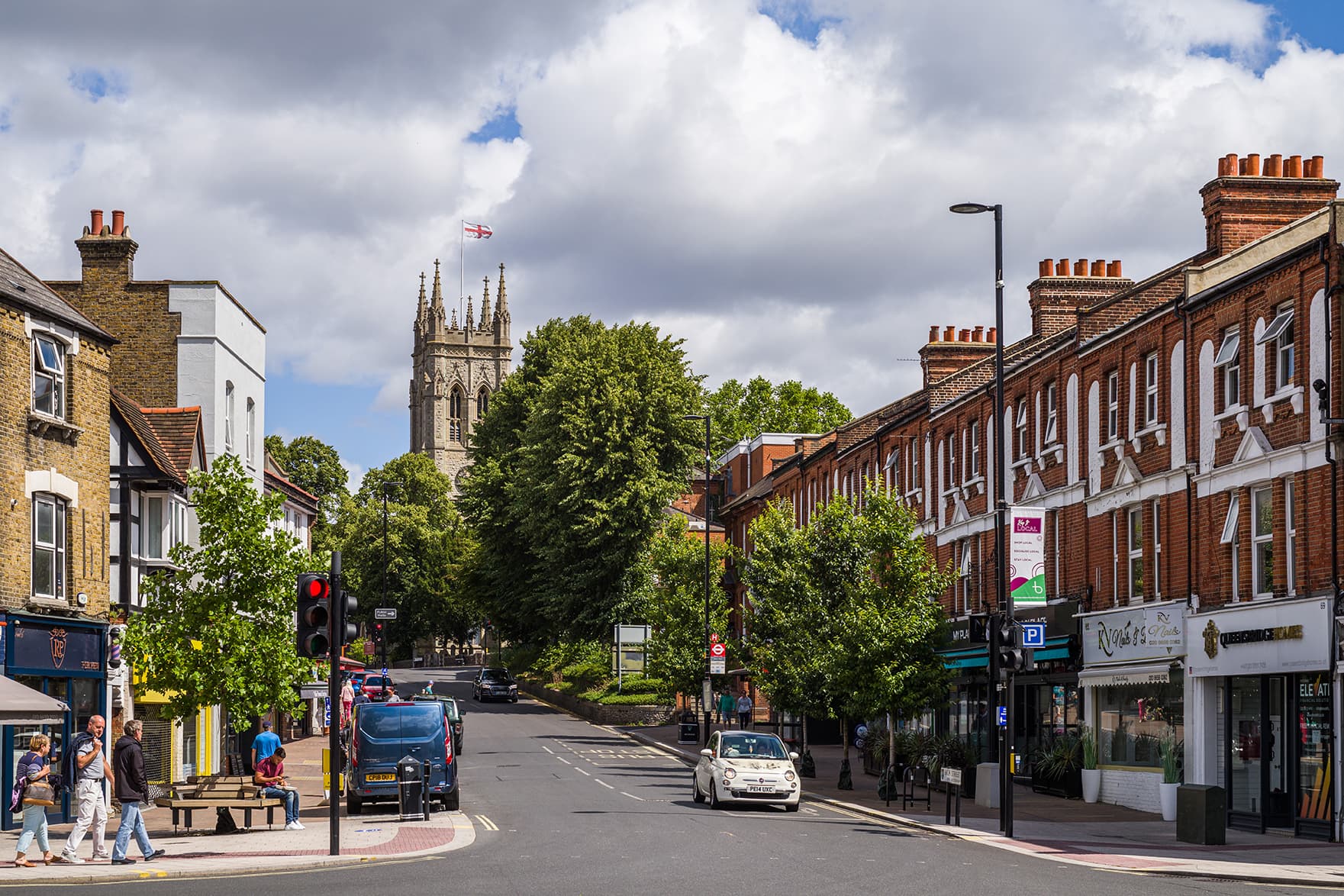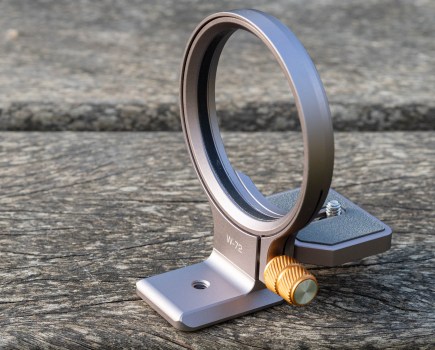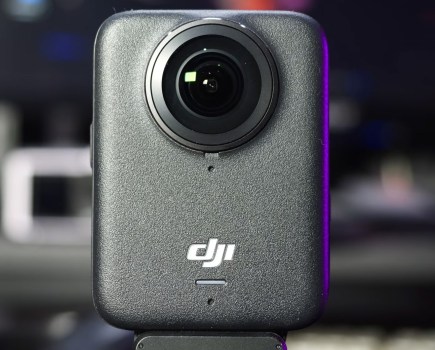Leica M10-R: at a glance
- £7100 body only
- 40.9MP full-frame CMOS sensor
- ISO 100-50,000
- Optical viewfinder with rangefinder focusing
- Leica M mount
- 3-in 1.04m-dot touchscreen LCD
Back in January, Leica introduced the M10 Monochrom, a rangefinder camera that shoots only in black and white. At the time, the big surprise lay in its sensor, which unlike the firm’s previous mono models, clearly wasn’t based on an existing colour design. Now the M10-R (for ‘Resolution’) explains why. It sports what is in effect a colour version of the same 40.9MP full-frame sensor, which has been custom-built for use with M mount lenses.
As a result, the M10-R offers the highest resolution yet from a conventional M-series camera, surpassing the M10-P with its 24MP chip. This finally puts the M system on a similar footing to full-frame mirrorless models such as the 45.7MP Nikon Z 7, or Leica’s own SL2, which employs the same 47.3MP sensor as the Panasonic Lumix S1R. The only full-frame camera with a clear resolution advantage is the 61MP Sony Alpha 7R IV.
This matters, because one of the biggest selling points of Leica’s rangefinders is the uncompromising quality offered by its M-mount lens range, and the M10-R should be able to exploit this better than ever before. It is, of course, very expensive, because Leicas always are. So is this camera an overpriced anachronism, or the best Leica M yet?
Leica M10-R: Features
First of all let’s look at why Leica has used a new sensor, rather than the one it employed in the SL2 and Q2. The firm explains that this is essentially down to size: with the smaller dimensions of the M10 body, it had to develop a specific, ‘super compact’ sensor for its latest generation of rangefinders. This in turn has allowed it to optimize the pixel and microlens architecture for use with M-mount lenses, many of which were made for use with film and project light into the corners of the frame at highly oblique angles, which conventional sensors can’t handle.
The sensor also forgoes an optical low-pass filter to maximise sharpness, while the cover glass doubles-up as an infrared-cut filter. This results in a thin, optically simple filter layer over the sensor, which should minimise corner blurring with wideangle lenses.
It’s not just high resolution that the new sensor promises, though, but improved image quality all round, with a claimed dynamic range of over 13 stops. It also provides the same ISO 100-50,000 sensitivity range as the M10-P, so you don’t have to give anything up in that regard.
In most other respects, the M10-R is very much a traditional rangefinder, and therefore looks decidedly basic by modern standards. In terms of design and operation, Leica has decided that there’s no point in doing the same work twice, which means that it’s practically identical to the M10 Monochrom (and the M10-P before that). I concur with Leica’s judgement, which means that much of my following review is also borrowed from what I wrote about the Monochrom.
Being a rangefinder camera, focusing is manual only, with composition via a direct-vision optical viewfinder at the corner of the camera body. You can shoot in either aperture-priority or manual exposure modes, with traditional analogue controls for shutter speed, ISO, aperture and focusing. A simple TTL metering system measures light reflected off the focal-plane shutter, with blades painted in different shades of grey producing a centre-weighted bias.
Leica’s venerable M mount dates back to 1954, and as a result is entirely mechanical, with no electronic communication between the camera and lens. But the camera can still identify the lens in use, using an optical sensor to read a set of black or white spots painted onto its mount – a system known as 6-bit coding. This allows the lens ID to be included in the EXIF data, while the focal length can be used to determine the minimum shutter speed when using Auto ISO, if you desire. The camera will still work absolutely fine with non-coded lenses, of course, and with older Leica optics you can specify which one you’re using from a list in the camera’s menu.
Timed shutter speeds are available from 8 sec to 1/4000sec in half-stop increments, set using the top-plate dial; with the dial in the B or A positions, this can extend as long as 16 minutes. Continuous shooting is available at 4.5 frames per second, and I was able to rattle off 8 or 9 raw frames in a burst before the camera slowed down (although Leica promises a 10-shot buffer).
Leica’s design philosophy is to strip the camera back to the essentials, which means it includes only what you really need for stills photography. So you get an exposure bracketing control, a built-in intervalometer, and a 2- or 12-second self-timer, but that’s about it. Notably, like the rest of the M10 series, this is one of the few current models that don’t record video.
However the firm isn’t really stuck in the past, and is quite happy to include up-to-date features when they’re genuinely useful. Pressing the LV button on the back enters live view, which enables more accurate focusing and composition than the optical viewfinder, particularly with wide-angle and large-aperture lenses. It also brings an expanded range of metering options, including multi-pattern and spot. The LCD is touch-sensitive for changing settings and browsing images, and Wi-Fi is built-in for transferring images to your phone using the Leica Fotos app, although Bluetooth is absent.
Leica M10-R: Focal points
The M10-R mixes some modern technology with an old-fashioned rangefinder design.
- Leica’s Visoflex (Typ 020) electronic viewfinder can be mounted on the hot shoe. It’s particularly useful when shooting with wideangle, telephoto or macro lenses, and for accurately focusing super-fast lenses
- In a nod to Leica’s 35mm film M cameras, the SD card and battery are accessed by removing the baseplate. The Li-ion BP-SCL5 is charged externally, and rated for just 210 shots per charge.
- A mechanical cable release can be screwed into the shutter button. But there are no electronic connectors, such as USB or HDMI ports.
- The M10-R is based on the M10-P, which means it inherits the same super-quiet, stealthy shutter
- In a system known as 6-bit coding, a series of optical sensors on the lens mount identifies the lens, as long as it has matched markings. The lens name is then included in the EXIF data
- Smartphone connectivity is provided by built-in Wi-Fi, allowing you to copy your favourite images from the camera for sharing
Leica M10-R: Build and Handling
In terms of design, M10-R is essentially the same as previous M10 models, and is built like a tank, with a die cast magnesium alloy body shell and brass top and base plates. Everything about it exudes quality, with all the controls operating with satisfying precision. It has the characteristic M-series styling and layout, with curved ends and a stepped top-plate. One welcome concession to modern design is the addition of a small thumb ‘hook’ on the back, which provides a nice secure grip.
External controls are kept to the essentials, with analogue dials on the top-plate for shutter speed and ISO, and mechanical aperture and focus rings on the lens. Exposure compensation is applied by pressing a button on the front of the body and spinning an electronic dial on the back. The power switch surrounds the shutter button, and a frameline selector lever is found beneath the viewfinder window. That’s all you generally need to operate the camera.
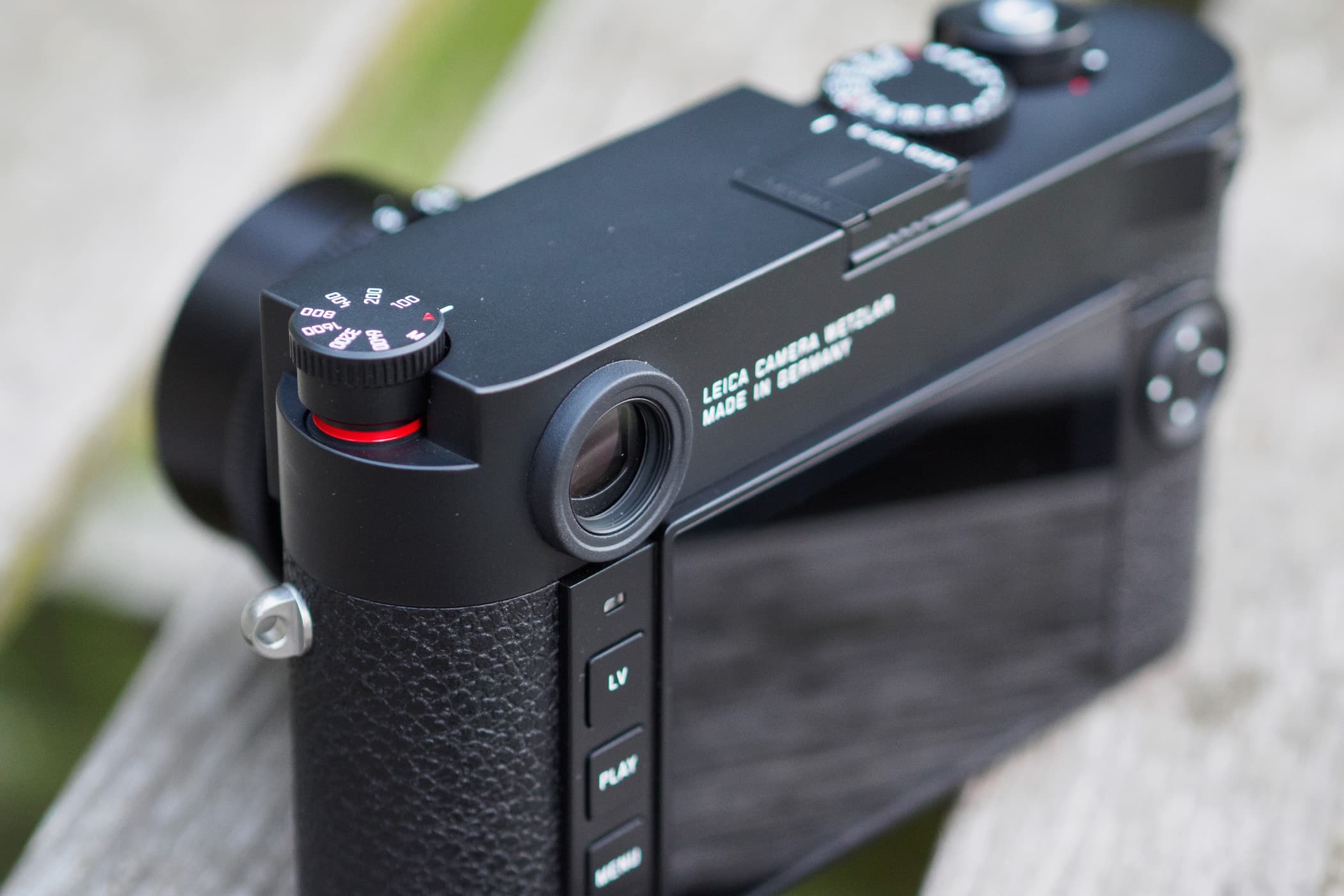
As with other M10-series models, the ISO dial has to be clicked upwards to a raised position before it can be changed
The ‘digital’ controls are likewise pared down to a minimum, with a d-pad positioned under your thumb, and a column of three large square buttons running down the left side of the LCD. Leica has done a great job of simplifying how these buttons work without restricting access to core functions; for instance in playback, the menu button essentially becomes the delete key. So despite the simplicity, it never really feels as if any buttons are missing.
Meanwhile the touchscreen gives quick access to secondary settings such as metering and drive modes, via an onscreen status display. However you can’t always then change these settings by touch, which is about the only jarring experience I encountered when shooting with the camera. The touchscreen can be also used for browsing through your pictures in playback, and checking focus by double-tapping anywhere within an image.
The M10-R is available in a choice of finishes, with the silver model providing the classic two-tone retro look, and the all-black version being the stealthier option for street shooters. For the first time since the original M10, the Leica red dot makes an appearance on the front, directly above the lens. The model name itself is engraved discretely on the hot shot.
The overall result is a camera that’s as beautiful to behold, as it is simple and intuitive to use. It really does reduce photography down to the essentials, giving a very different shooting experience to modern auto-everything marvels. It’s absolutely not an all-rounder in the manner of current high-end DSLRs and mirrorless models; instead the manual operation imposes a slower, more considered approach on your photography. Whether this is a good thing or not is purely down to personal preference.
Leica M10-R: Viewfinder and screen
A always for a rangefinder camera, the M10-R employs a direct-vision optical viewfinder, meaning that unlike a DSLR or mirrorless camera, you’re not viewing the image as seen through the lens. Instead, the field of view is indicated using bright framelines in the finder window that are displayed in pairs and selected automatically by the lens: 50mm and 75mm, 35 and 135mm, and 28 and 90mm. They’re parallax-corrected, moving diagonally across the frame as the lens is focused, and in principle indicate 100% of the lens’s the field of view at a focus distance of 2m. At longer distances you’ll get more in the frame, and at closer distances, a little less.
The viewfinder is bright and clear, and at 0.73x magnification, of a very decent size. But you do need to squeeze your eye close to the window to see the 28mm frameline. This means those who wear glasses, or shoot left-eyed, may well struggle; as someone who does both, I found it almost impossible.
Basic exposure information is projected into the viewfinder using red LEDs, including the shutter speed, exposure compensation, and metering indicators when shooting in manual. This works OK, but the display looks very dated compared to the excellent hybrid optical-electronic viewfinder used by Fujifilm in its X-Pro and X100 series cameras.

A set of contacts at the front of the hot shoe allow the use of a supplementary electronic viewfinder
If you want to shoot with wideangle lenses, you’ll need to use a supplementary viewfinder. You can mount an optical finder on the hot shoe, but the process of switching back and forth between that and the rangefinder makes for a rather awkward shooting experience. The alternative is to switch to live view, but using this on the fixed rear screen isn’t necessarily great either. The best option would be to use the optional Visoflex (Typ 020) electronic viewfinder, which is a 2.36m-dot unit that includes an eye sensor for switching automatically with the LCD. It also includes a GPS unit for geotagging your images, but costs £420.
Leica M10-R: Focusing
As already mentioned, focusing is manual only, using a coincident-image rangefinder. This approach was popular on film cameras up until the 1970s, and won’t require any explanation for our more experienced readers. But for those unfamiliar with the concept, a second ghost image is overlaid on a bright spot in the centre of the viewfinder, and rotating the focus ring moves it relative to the main view. When the two are aligned, the lens should be correctly focused.

Rangefinder focusing takes practice, but can give accurate results. Leica M10-R, Apo-Summicron-M 50mm F2 ASPH, 1/500sec at f/2, ISO 100
Getting used to this method takes a bit of practice. But once mastered, it’s pretty quick and accurate, due in no small part to the fact that Leica’s rangefinder is, by necessity, probably the finest ever made (indeed the complexity and precision of the mechanism is responsible for a significant fraction of the camera’s price). The rangefinder spot is bright and sharply delineated in the viewfinder, and both images are crisp, which makes them easy to align. You just have to be aware that repeating vertical patterns can contribute to incorrect focusing.
Rangefinder focusing does have its limitations. Obviously there’s just a single focus point in the centre of the frame, and when you’re shooting at large apertures, using a focus and recompose technique can result in the kind of small focus errors that we might not have really noticed when shooting with film, but which appear very obvious when examining image files onscreen – especially at such high resolution. So it’s best not to move the subject too far off-centre in your composition after focusing, which might explain why so many Leica photographers favour centred subjects.
It’s also important to understand that the accuracy of the focusing is limited by the rangefinder base, which is defined by the distance between the viewfinder and the secondary window on the camera’s front. In practice, this means that it’s not technically possible to focus super-fast lenses consistently accurately, especially given the even higher demands of the M10-R’s sensor compared to the M10-P. So if you’re contemplating pairing the camera with the £8,600 Noctilux 50mm f/0.95, for example, you’ll only be guaranteed accurate focus if you use live view.
In this mode, the body is smart enough to engage a magnified display when it detects the lens being focused, but alternatively you can zoom in manually by pressing the button on the front of the body. The focus area can be moved freely around the frame for use with off-centre subjects, and focus peaking is available in a choice of colours. It’s just worth remembering that the aperture will always be stopped down to what’s set on the lens: this has the advantage of always previewing depth of field, but sometimes it can be better to open it up for precise focusing.
Leica M10-R: Performance
Shooting with the M10-R provides a very different experience to modern auto-everything cameras. With its ultra-quiet shutter and understated design, it’s extremely discreet. Like the rest of the M10 series, it’s about the closest you’ll get to the simplicity of the old-fashioned analogue experience, before the introduction of autofocus and multi-pattern metering.

The M10-R’s super-quiet shutter is ideal for candids. Leica M10-R, Apo-Summicron-M 50mm F2 ASPH, 1/2000sec at f/2, ISO 100
The camera takes a moment to get itself ready to shoot when you flick the power switch to the on position. At this point you can choose to work in any way from either fully manual, to aperture priority with Auto ISO. Given that you can set the latter to use either a specific minimum shutter speed, or base it on the focal length of the lens in use (with the option of biasing towards high speeds to minimise any chance of blurring from camera shake), I can see little reason not to use it.
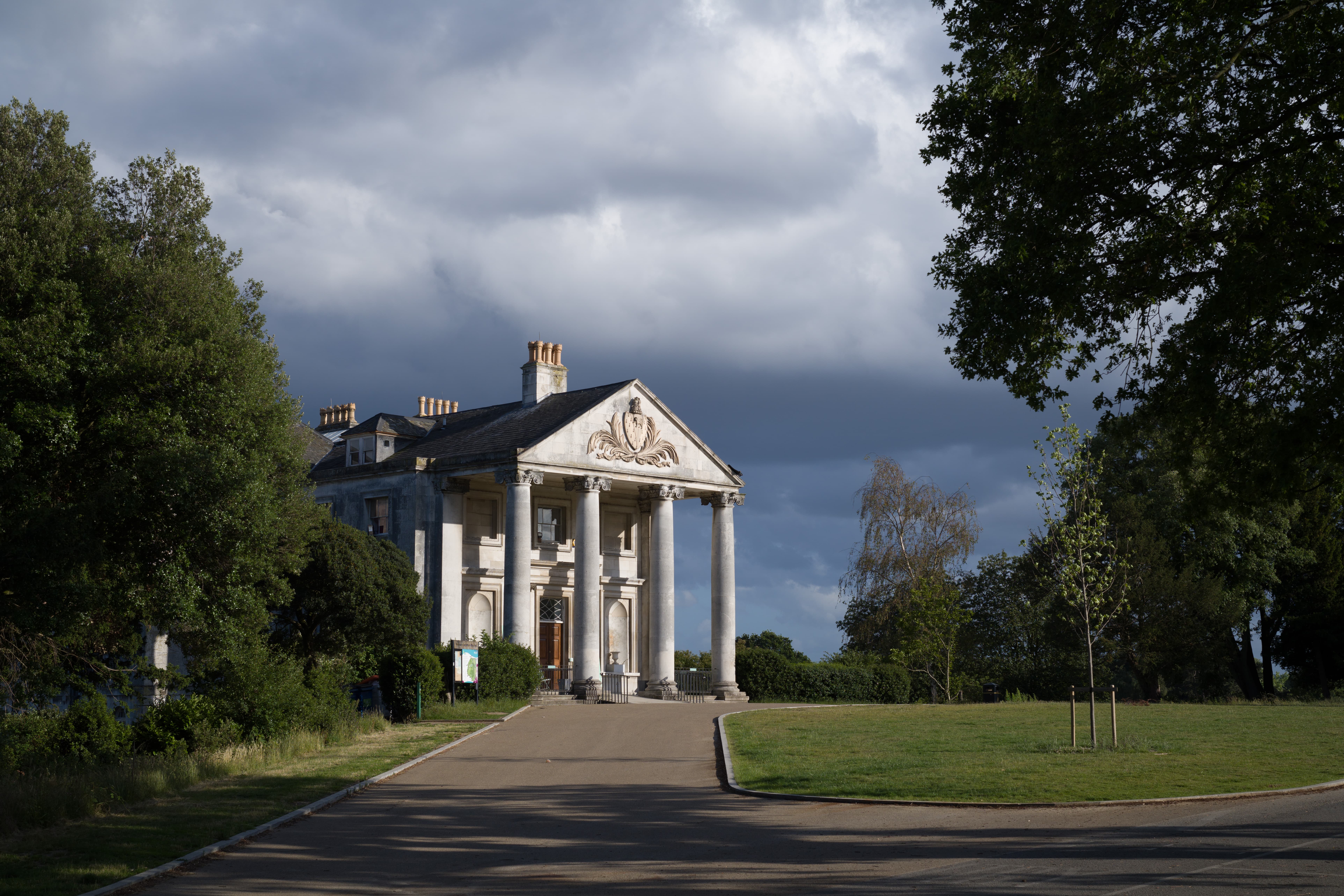
I generally preferred to use the M10-R in aperture priority, relying on its conservative metering not to blow highlights. Leica M10-R, Apo-Summicron-M 50mm F2 ASPH, 1/350sec at f/8, ISO 100
Whichever approach to shooting you take, it’s important to understand the characteristics of the lightmeter. It’s not like modern multi-pattern systems, able to analyse and understand almost any combination of light and shade. Instead, you need to manually adjust it according to the subject, giving an extra stop or two when faced with a bright sky, for example. As usual it’s best to avoid overexposure whenever possible, as your ability to recover clipped highlights raw processing is pretty limited, especially when you need anything resembling colour accuracy.
Leica’s stated battery life, according to CIPA standards, is just 210 shots per charge, which counts as disappointing by any standards. I found it to be pretty representative of what you can expect to get in real-world use when shooting mostly with the viewfinder, with the occasional foray into live view and image playback. But with no USB port, there’s no option to top the battery up in-camera, so I’d recommend carrying a spare or two. Curiously I got rather better stamina from the M10 Monochrom.
Leica M10-R: Image quality
When it comes to assessing the image quality, there are really two things we need to consider. The first is whether it surpasses existing M-mount options, and the second is how competitive it looks with other high-resolution full-frame cameras. To cut a long story short, it clearly outperforms the M10-P for resolution, and should get the most out of any M-mount lens for colour photography. The only caveat is that the M10 Monochrom is still better a better choice for those who are really serious about black & white.

The M10-R delivers the best colour image quality of any Leica rangefinder to date. Leica M10-R, Apo-Summicron-M 50mm F2 ASPH, 1/125sec at f/9.5, ISO320
I tested the M10-R primarily with the peerless APO-Summicron-M 50mm 1:2 ASPH, which is one of the finest lenses I’ve ever used. At low ISO settings the combination delivered remarkably clean images, with lots of detail from corner to corner. Not only does this offer the potential to make large, detailed prints (up to 24 x 16 in / 60 x 40 cm at least), it also enables considerable leeway with cropping after shooting. This is handy when you’re working with primes.
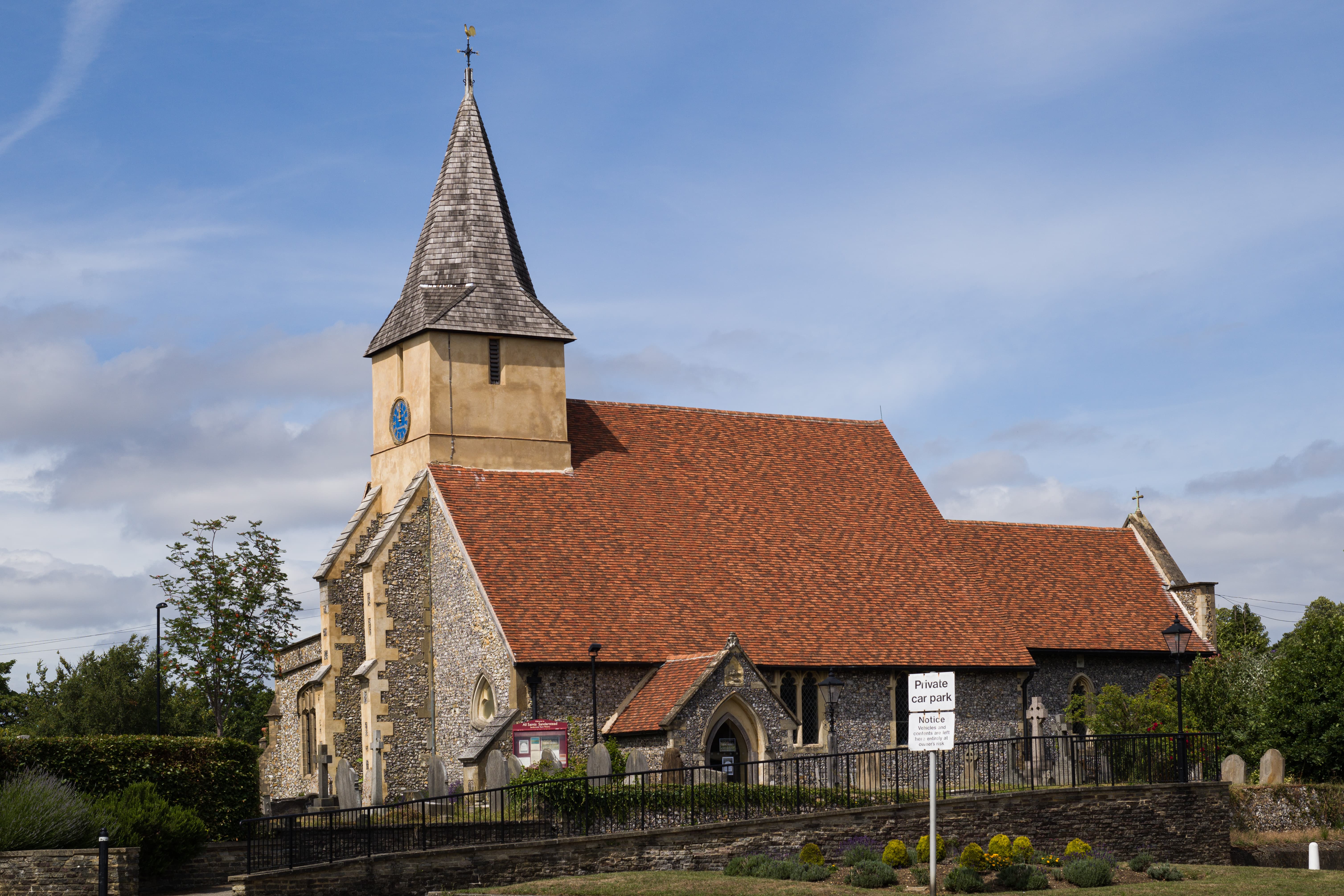
Files from the M10-R give good leeway for cropping; this 1.3x crop is still 24MP. Leica M10-R, Apo-Summicron-M 50mm F2 ASPH, 1/750sec at f/8, ISO 100
I’ve not generally been a fan of Leica’s JPEG processing in the past, but the M10-R is capable of delivering attractive files, especially in sunlight. Auto white balance is generally well judged, if a touch on the cool side, while colours are strong without being overblown. The in-camera monochrome setting also gives attractive results. This means that you have decent source material to work with if you want to share your images via Wi-Fi using the Leica Fotos app. However, you’ll probably still want to tweak them in a program such as Snapseed for brightness and tonality first.
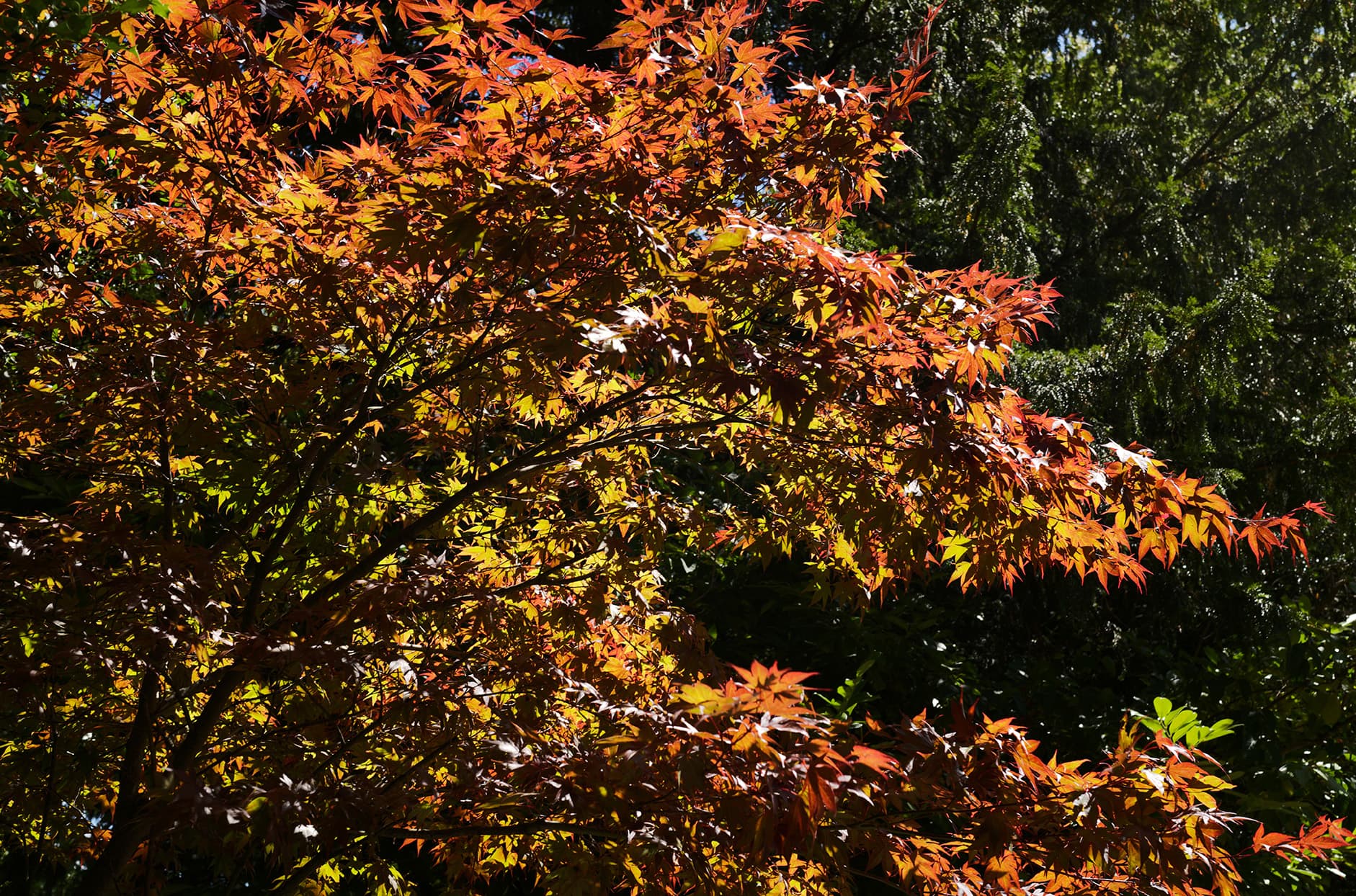
Leica’s JPEG processing gives attractive results in sunlight. Leica M10-R, Apo-Summicron-M 50mm F2 ASPH, 1/180sec at f/11, ISO 125
You’ll get most out of the camera, however, if you shoot raw, and here Leica’s use of the DNG format is especially welcome, as you can work on your files pretty much straight away using your existing raw processor. You’ll then be able to make full use of the sensor’s impressive dynamic range, which gives plenty of scope to extract additional shadow detail during raw processing.

Here I pulled up the main image by about four stops relative to the sky, which is about as far as the M10-R’s files can possibly take. Leica M10-R, Apo-Summicron-M 50mm F2 ASPH, 1/180sec at f/4.5, ISO 250.
With a bit of care, I was able to pull the shadows up by about four stops, which perhaps doesn’t quite match the very best full-frame sensors available, but is pretty close (and far more than you need for most photography). Go any further, though, and you’ll start to see ugly low-frequency colour noise appearing in the darker regions of the image. As always there’s considerably less headroom for recovering clipped highlights, so it generally pays to err slightly on the side of underexposure.
Image quality holds up very well at high ISO settings, too. I’d be perfectly happy shooting at ISO 12,500, and maybe ISO 25,000 with a generous dose of noise reduction. But I’d draw the line at going up to ISO 50,000, due to ugly green and purple colour blotching that’s near impossible to treat. As tends to be the case, high ISOs generally look nicer if you convert the images to black & white.
Leica M10-R: Verdict
There’s no doubt that the Leica M10-R is a lovely camera, although to me it doesn’t have quite the same irresistible charm as its Monochrom sibling. If your aim is simply to make high-resolution colour images, rationally it makes far more sense to buy something like a Sony Alpha 7R IV, with all the latest features such as in-body stabilisation and eye detection AF. On paper, the M10-R doesn’t make much sense.
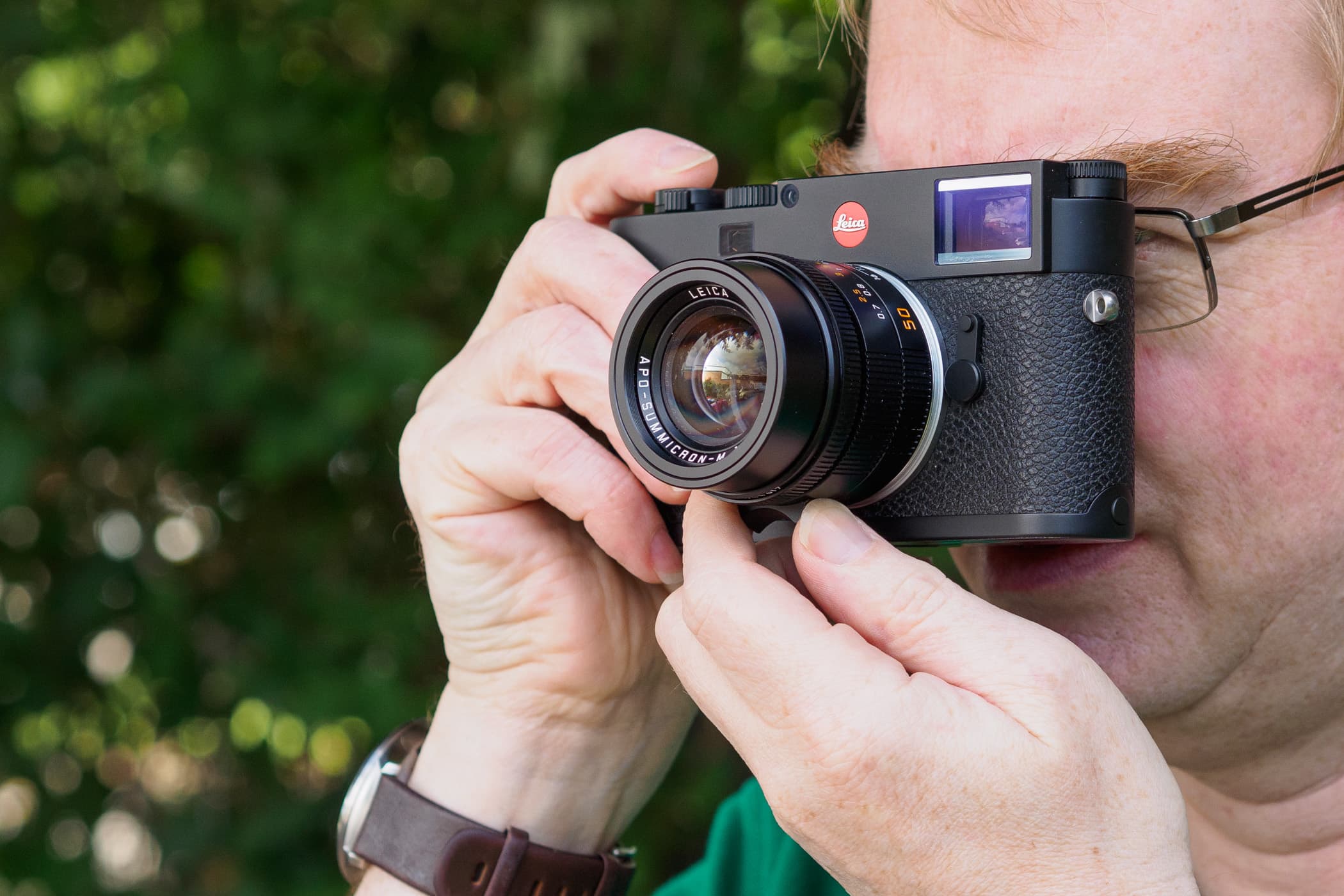
Like other Leica rangefinders, the M10-R provides a very different shooting experience to other cameras
However, choosing a camera isn’t always just about specifications and buying into the latest technology. Ultimately, it’s a creative tool that has to fit with the photographer’s way of shooting, and in this respect the M10-R is unique. With its pared-back design, it has a straightforwardness to it that allows you to concentrate fully on the process of shooting. Used with a few small primes, it also makes for an extremely portable and discreet set-up with stunning image quality. It’s not for everyone – the price alone determines that – but for some photographers it’ll be perfect.
Of course, you’ll need good lenses to get the most out of the 40.9MP sensor. However that’s not necessarily a problem, as Leica’s lenses have an enviable reputation for quality. It’s also important to understand that a high-resolution sensor will get the best out of any lens you use, whether or not it’s sharp wide open or into the corners of the frame. In other words, you’re never going to get worse pictures from the M10-R compared to the 24MP M10-P, you just might not get proportionally higher image quality all the time.

The M10-R gives perfectly nice mono conversions, just not quite good as M10 Monochrom files. Leica M10-R, Apo-Summicron-M 50mm F2 ASPH, 1/180sec at f/6.8, ISO 100
Ultimately, though, the M10-R really is an anachronism, especially in the age of full-frame mirrorless where we can buy small, discreet bodies with excellent image quality elsewhere. But it’s an utterly beautiful one, and long may Leica continue to make cameras like this.

Leica M10-R: Specifications
